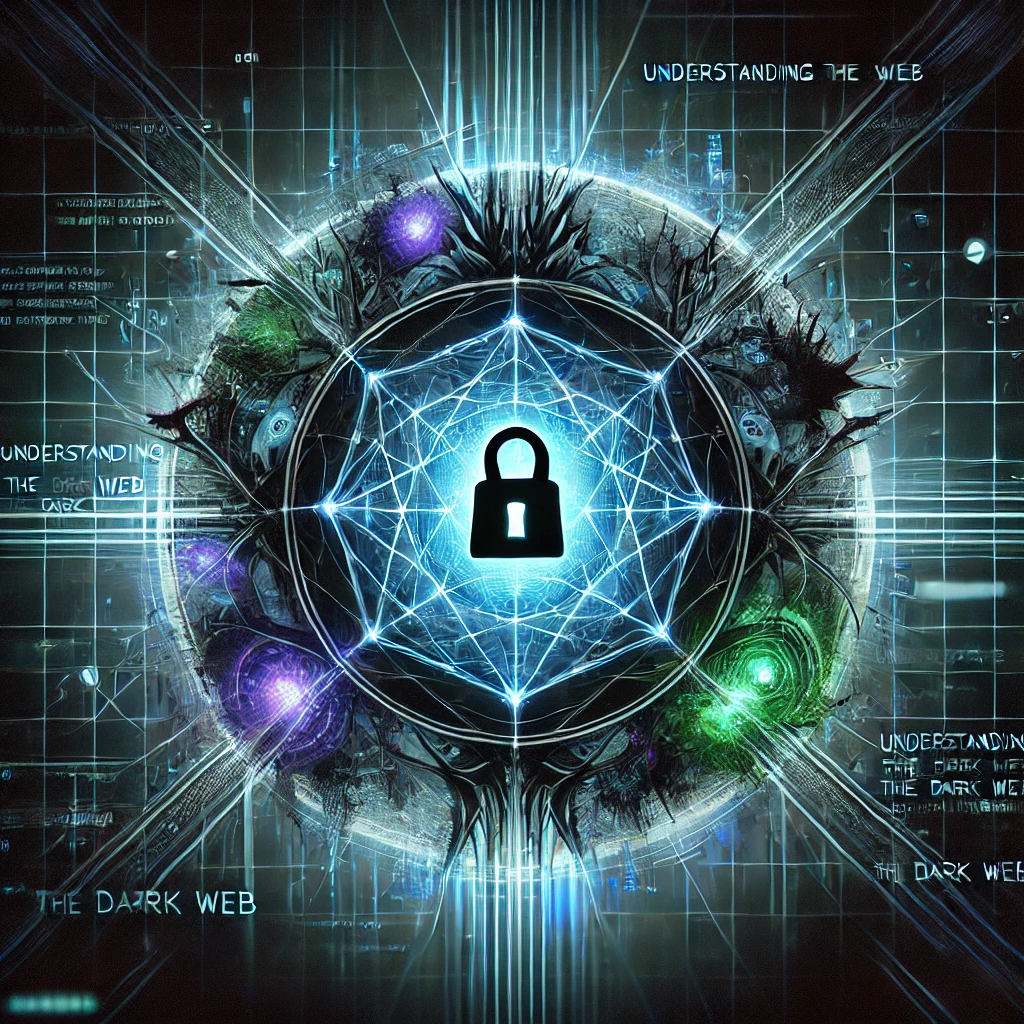The internet is often thought of as a vast digital landscape, accessible at the click of a button. However, what most people interact with daily—social media platforms, news sites, and search engines—represents only a fraction of the web. Beneath this surface layer lies the dark web, a hidden and often misunderstood part of the internet. In this blog post, we’ll explore what the dark web is, how it operates, and the myths and realities surrounding it.
What is the Dark Web?
The dark web refers to a portion of the internet that is intentionally hidden and inaccessible through standard search engines. It exists on encrypted networks and requires special software, such as Tor (The Onion Router), to access. Unlike the surface web, where websites are indexed and searchable, the dark web operates in anonymity, offering a platform for privacy-conscious users, as well as those with more nefarious intentions.
Layers of the Web
To better understand the dark web, it’s essential to differentiate between its layers:
- Surface Web: This is the portion of the internet accessible through standard search engines like Google. It includes websites, blogs, and social media platforms.
- Deep Web: This encompasses all parts of the internet not indexed by search engines, such as private databases, academic journals, and password-protected sites.
- Dark Web: A subset of the deep web, the dark web requires specific tools to access and operates in deliberate anonymity.
How Does the Dark Web Work?
The dark web relies on encryption and anonymity protocols to shield users’ identities and locations. Tools like Tor reroute internet traffic through multiple servers, obscuring its origin and destination. This architecture ensures that users and website operators remain anonymous, which is both its strength and its vulnerability.
Accessing the Dark Web
Accessing the dark web involves downloading specialized software such as Tor. Once connected, users can browse .onion websites, which are unique to the dark web. However, navigating this space requires caution, as not all corners of the dark web are safe or legal.
Common Uses of the Dark Web
While the dark web has a reputation for illicit activities, its uses are diverse and not inherently criminal. Here are some common applications:
- Privacy and Free Speech: Activists, journalists, and whistleblowers in repressive regimes use the dark web to communicate and share information safely.
- Marketplaces: The dark web hosts marketplaces that sell everything from legal goods to illegal products like drugs and counterfeit items.
- Forums and Communities: It provides a platform for niche communities and discussions, some of which are harmless, while others may involve illegal activities.
- Data Sharing: Researchers and developers sometimes use the dark web for secure communication and sharing of sensitive information.
Myths and Misconceptions
Myth: The Dark Web is Entirely Illegal
While there are illegal activities on the dark web, it also serves legitimate purposes. Many users rely on its anonymity for privacy and security in areas where censorship or surveillance is prevalent.
Myth: It’s Impossible to Track Dark Web Activities
Although anonymity is a hallmark of the dark web, law enforcement agencies have developed methods to trace activities and shut down illegal operations. High-profile cases like the Silk Road takedown demonstrate that anonymity is not foolproof.
Myth: The Dark Web is Massive
In reality, the dark web constitutes only a small portion of the internet. The deep web, which includes non-indexed but accessible content, is significantly larger.
Risks and Precautions
Engaging with the dark web comes with risks. Users may encounter scams, malware, or illegal content. To navigate safely:
- Use Reliable Tools: Stick to trusted software like Tor.
- Avoid Illegal Activities: Engaging in criminal acts on the dark web can lead to severe consequences.
- Protect Your Identity: Use robust security practices, such as a VPN and antivirus software.
Conclusion
The dark web is a complex and multifaceted part of the internet. While it’s often sensationalized in popular media, understanding its true nature requires separating fact from fiction. By recognizing its legitimate uses and inherent risks, individuals can approach the dark web with greater awareness and caution.
